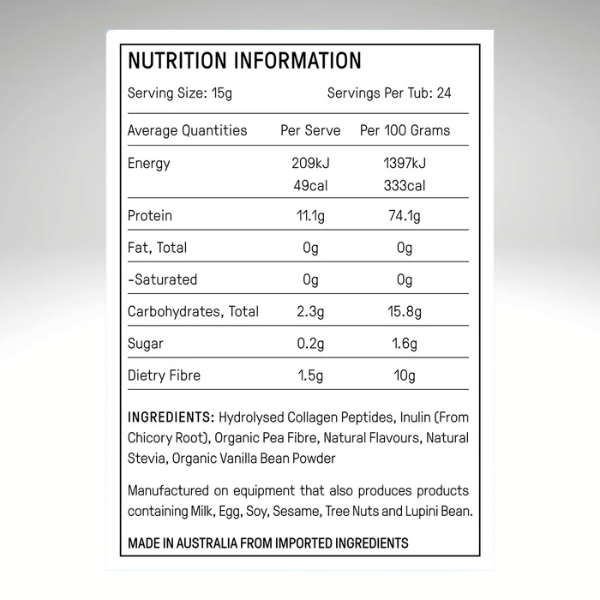
How to Read a Supplement Label: What Matters and What’s Just Marketing
Share
How to Read a Supplement Label: What Matters and What’s Just Marketing
Walk into any health store or scroll through an online wellness site and you’ll see supplements plastered with words like "clinically tested," "bioavailable," and "high potency." But what actually matters on a supplement label — and what’s just clever packaging?
Here’s how to read a supplement label properly, so you can choose formulas that actually deliver.
1. Always Check the Active Ingredients
The ingredients panel will tell you what you’re really getting — not just what’s promised on the front of the bottle.
Look for:
-
The specific form of the nutrient (e.g. magnesium glycinate vs magnesium oxide)
-
The dosage per serve — not just per capsule
-
Whether it contains standardised herbal extracts (this means it has measured actives)
🔍 Avoid vague terms like "proprietary blend" without detailed breakdowns.
2. Understand the Daily Intake
Look for the % RDI (Recommended Daily Intake). This tells you how much of your daily needs you’re actually covering.
Too high can be a red flag (especially for fat-soluble vitamins). More isn’t always better.
🛑 Watch out for megadoses unless specifically advised by a practitioner.
3. Know Your Fillers and Additives
You’ll usually find these under "Other Ingredients."
Common ones include:
-
Binders
-
Fillers
-
Preservatives
-
Artificial sweeteners
✅ Look for products that minimise these, especially if you have sensitivities.
4. Trust the Therapeutic Claims — But Verify Them
Phrases like:
-
"Supports immune function"
-
"Helps reduce tiredness and fatigue"
-
"Assists with collagen formation"
...are allowed in Australia under the TGA if backed by evidence.
🧠 But if you see miracle claims or cure-all language — run.
5. Look for Third-Party Testing or Practitioner-Only Tags
If it says "Practitioner Only," that’s not just a flex. It usually means:
-
Higher-grade ingredients
-
Doses designed for therapeutic use
-
Backed by clinical evidence
And if it’s third-party tested, even better — that means the label matches the contents.
🔬 Transparency builds trust.
6. Bonus: Use QR Codes or Batch Lookup Tools
Some legit brands now offer QR codes to scan for lab test results, product traceability, or practitioner notes.
📲 Use it if it’s there. If it’s not — ask why.
Final Word
Don’t get sucked into shiny labels and wellness buzzwords. What matters is the dose, the form, the testing, and the transparency.
At GoodnessBox, we only stock supplements that make the cut — practitioner-trusted, formula-first, and full-disclosure.